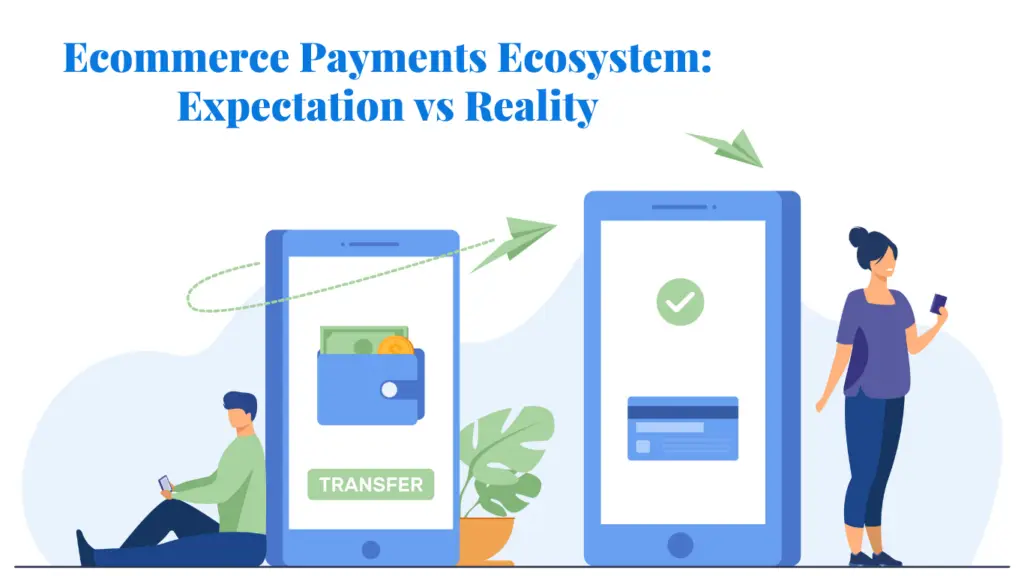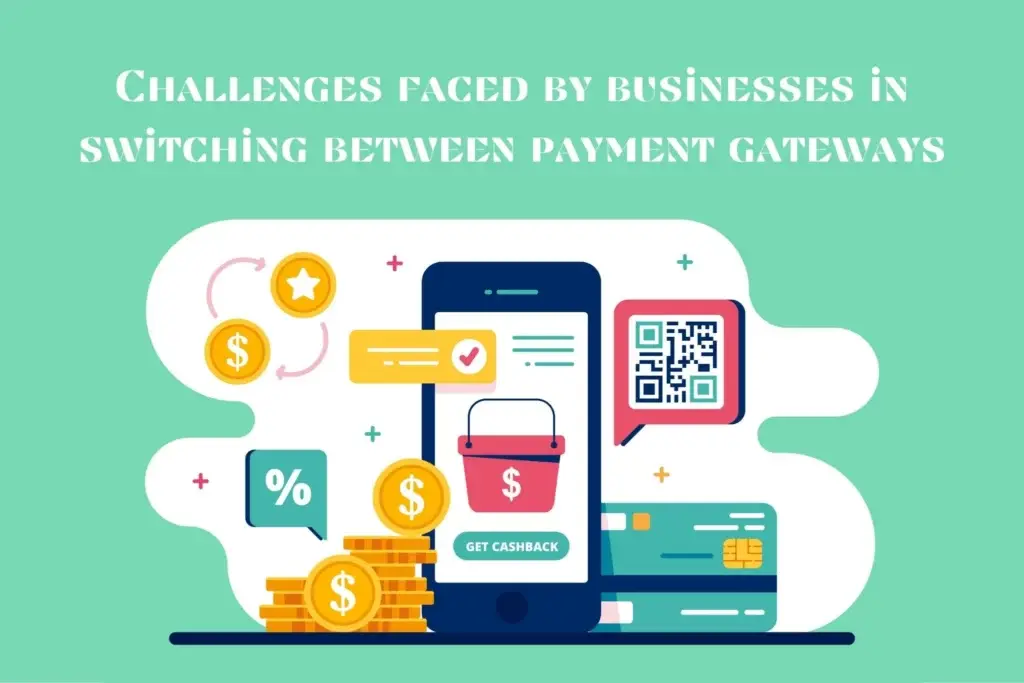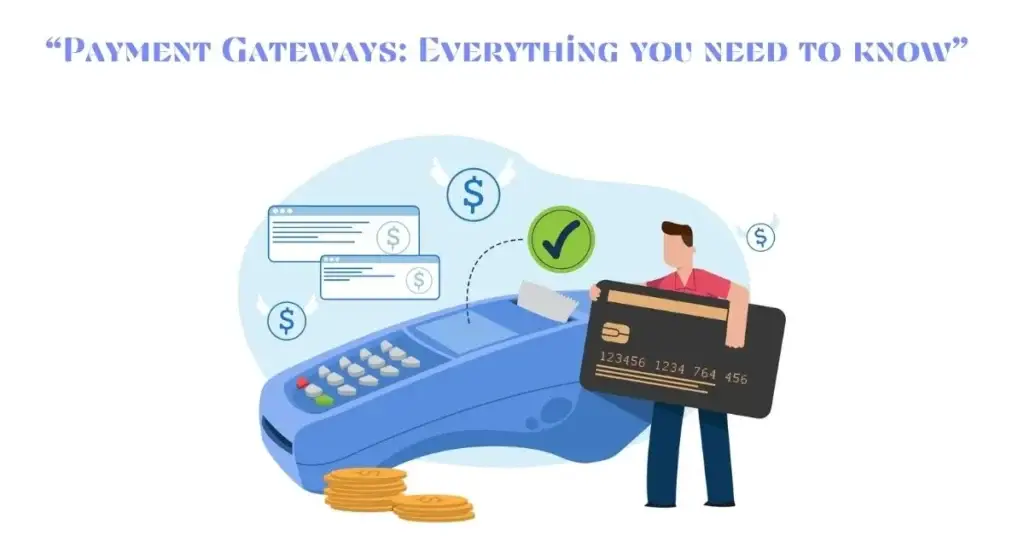The concept of cryptocurrency has taken the world by storm and this past year has seen a lot of ups and downs concerning the prices of bitcoin and Ethereum, which has been a puzzling time for crypto investors. But where is India in this picture?
At the budget session, Finance Minister Nirmala Sitharaman stated that the Reserve Bank of India would commence the issuing of Digital Rupees, also known as Central Bank Digital Currency (CDBC) in 2022-23, creating a boost towards the Indian economy.
The concept of digital rupee money has only been openly explored by central banks, economists, and politicians in the past decade. CBDC is a digital or virtual currency, but it varies from the private virtual currencies that have thrived in the recent decade.
A digital type of fiat currency is, by definition, an online token and has no physical existence. In that, it is a perfect replacement for cash in today’s economy. Hence, the introduction and acceptance of a CBDC are well-matched with a state that intends to bring the residents under a formal economy and tax net.
But if cash was so easily replaceable, why are other countries not taking an impetuous dive into CBDCs of their own?
Replacement of cash always leads to other instruments getting voted out as well when it comes to the store of value or security. While cash is the most convenient medium of exchange, it requires a visit to the bank or an automated teller machine (ATM). A digital rupee would need neither. That’s a prominent blessing that the implementation of a CBDC would involve.
A digital fiat currency would serve as a safety valve against the risk of a bank collapse. However, one must also note that cash is also a counterbalance to all the risks associated with financial instruments including a bank deposit. Ergo, during times of crisis involving a bank, depositors can seek refuge in a CBDC.
CBDCs are vastly different in comparison to the traditional understanding of money. They usually do not reflect any person’s debt or obligation unless they qualify as security tokens under respective regulatory frameworks.
It is critical to understand that CBDCs may reduce transaction demand for bank deposits, depending on the degree to which they are used. Because transactions in CBDCs lower settlement risk, they also reduce transaction liquidity requirements such as intra-day liquidity. Also, offering a truly risk-free substitute to bank savings may inspire a movement away from bank deposits, reducing the need for government deposit guarantees.
What is a Digital Rupee?
The Reserve Bank of India (RBI) plans to issue the digital currency in the next fiscal year which will be called Digital Rupee. A central bank digital currency (CBDC) uses an electronic record or digital token to represent the virtual form of a fiat currency of a particular nation (or region).
The digital rupee will allow users to hand over purchasing power from deposit accounts into smartphone wallets in the system of online tokens, which like cash will be a liability of the Reserve Bank of India. A digital rupee is similar to banknotes, minus ATMs.
What are the benefits of the Digital Rupee?
· CBDC aims to bring many benefits – the ease and security of digital forms like cryptocurrencies, and the regulated, reserved-backed money circulation of the conventional banking system.
· The digital currency will moderate the risk of losses that Indian depositors face when handling commercial banks.
· Consumers may find an e-rupee to be a safer alternative to bank deposits, which underpin ₹76 trillion in annual real-time payments through platforms such as PhonePe, Google Pay and Paytm.
· As purchases are online, the basis of trust in demand deposits, that they convert to cash at face value, may get reduced to a theoretical concept.
· An e-currency could keep the view of convertibility found in daily reality.
· It could remove the need for a costly network of correspondent banks to settle cross-border payments.
· For Indians working abroad, sending money home will become simpler and cheaper resulting in huge savings for India, the world’s top receiver of remittances.
What are the drawbacks of the Digital Rupee?
· If e-cash becomes popular and RBI puts no limit on the amount that can be stored in mobile wallets, weaker banks may fail to retain low-cost deposits.
· Even if these small banks lose that comfort, lenders may be unwilling to lose their loan assets and sacrifice profits.
· The less-liquid balance sheets may have them susceptible to bank runs.
· All economies are mindful of the threat to financial stability and the advanced nations also worry about the declining use of banknotes, particularly post Covid.
· Unlike cash, most CBDCs will be designed in such a way that the central banks will be able to trace the spending.
However, transactions piloted with them may not be visible to payment apps, and fintech companies may fail to gain access to some data being mined for cheap loans to the ones who don’t have collateral.
Digital Rupee and its Technological Risk
Digital Rupee’s technical ecosystem may be susceptible to cyber-attacks in the same way that present payment systems are as well. Additionally, the rise in digital payment-related scams may expand to Digital Rupee within communities with lower financial literacy levels. Therefore, the financial institutions dealing with Digital Rupee must ensure solid cybersecurity standards while also concentrating on financial literacy.
The economy’s capacity to absorb Digital Rupee is partly reliant on technological readiness. The expansion of a population-scale digital currency system hinges on the progression of high-speed internet and telecommunication networks and the accessibility of suitable technology for storing and managing the Digital Rupee with the general public. The lack of technological development in rural areas in India may restrict the reach of the Digital Rupee and exacerbate existing inequities in access to financial goods and services.
Conclusion
CBDC might lead to a more consistent, efficient, trustworthy, regulated, and legal tender-based payment solution. In the future, CBDCs are expected to be a part of any central bank. Setting up will need vigilant regulation and a streamlined execution strategy. The relevance of technical difficulties when developing CBDC cannot be overstated as it will impact national economies and monetary policy.
There are dangers involved, no doubts about that, but they must be wisely evaluated against the possible advantages. With the advent of crypto enthusiasts turning into avid investors, the general public will soon understand that the Digital Rupee will take the Indian economy to new heights.





















